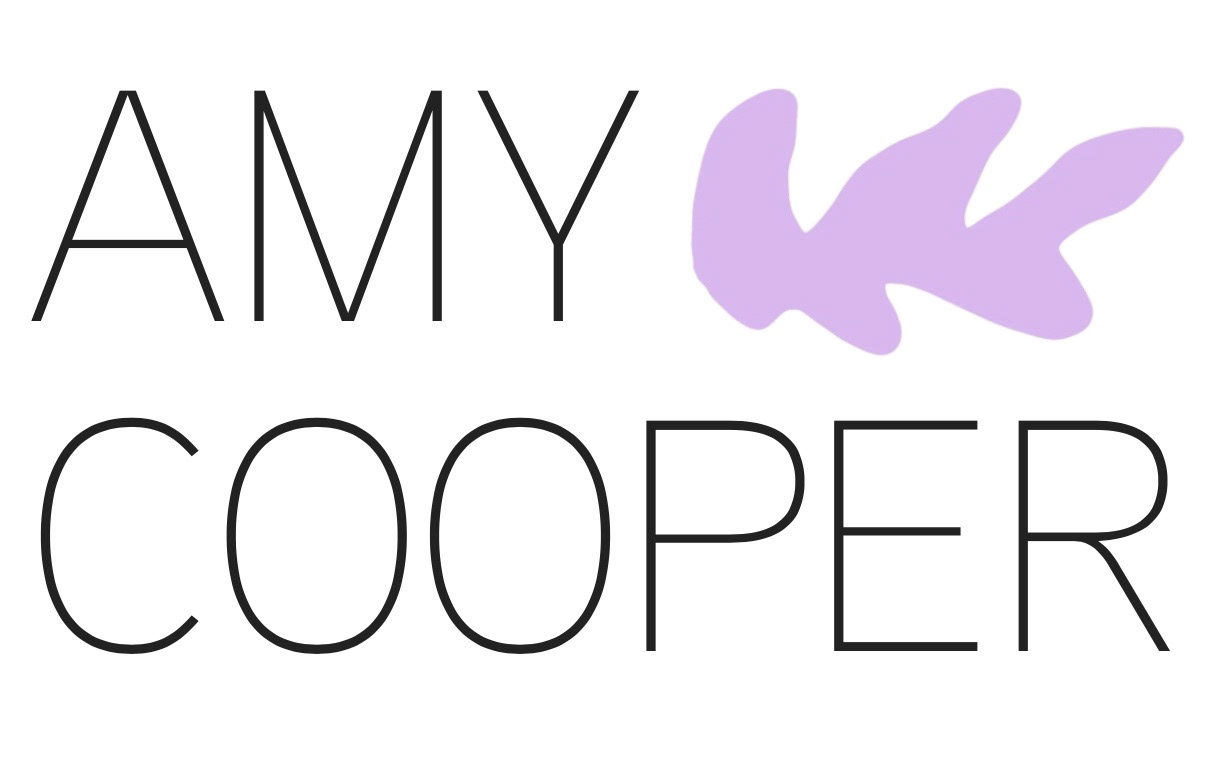Ka ora te wai, Ka ora te whenua.
Ka ora te whenua, Ka ora te tangata.
If the water is healthy, The land will be nourished.
If the land is nourished, The people will be provided for.1
Ka ora te whenua, Ka ora te tangata.
If the water is healthy, The land will be nourished.
If the land is nourished, The people will be provided for.1
As of 2023, two-thirds of Aotearoa’s monitored water sites are rated poorly for harmful E. coli. Many of these unhealthy rivers, streams, and lakes suffer due to environmental impacts of pollution, flow modifications, exotic species, and harvesting. Web Awa investigates how regenerative-adaptive pattern theory can be utilised to re-establish “our wholeness with nature” and to consider “the vulnerability of a changing landscape." (Roo’s, P.B, 1).
This research engages with the watery landscape and inhabitants of Te Awahou (Foxton), specifically the natural wetland alongside the polluted Piriharakeke river loop. This project explores the process of re-establishing connectivity among the diverse inhabitants of this site that have become fragmented by habitat loss. Through the analysis of the site's landscape patterns, the research pinpoints ‘broken patterns’ in need of revitalising. Strategies including green infrastructure, regenerative planning, and natural-based solutions are investigated to regenerate the natural ecology of Te Awahou’s wetland and awa.
Web of Awa explores the re-connection of “flow” and vitality facilitated in a series of structures woven into the existing bush, a hub for growing, nurturing, and togetherness.
1 The following is one whakataukī (proverb) reflecting the holistic relationship māori have with the environment
TEST PROJECT - Te Awahou Native Nursery Board Walk
To explore the concept of designing with means of re-establishing healthy patterns and connectivity within the cultural landscape, I have developed a test project as my artefact. The concept of re-imagining the current Te Awahou boardwalk within my chosen location of the Piriharkeke River loop and wetland.
I have constructed a new boardwalk that weaves through the wetland reminiscent of the original river's edge. Connected to the walkway is Awahou Native Nursery, an active space for growing native flora indigenous to its surrounding ecology. The nursery consists of three spaces, the greenhouse' designed for growing seedlings in a protected microclimate, the 'potting house' dedicated to re-potting plants and equipment storage, and the 'shade house', a place for plants sensitive to light to stand in. Furthermore, on the east side of the walkway plant boxes flow alongside the path created as a stand-out place for potted natives to sit, ready to be planted into the wetland.
This nursery aims to engage with local communities and organisations interested in revitalising and reconnecting with their whenua and awa. The objective of developing this project was to explore how green infrastructure could be carefully placed into a fractured environment to facilitate regenerating the natural ecology
WHATS NEXT?
Through considered research and analysis, I have begun developing concepts and ideas about how Te Awahous River, the wetland, and its inhabitants could be revitalised in the future.
I explored how NBS such as native riparian planting and green infrastructure can facilitate the regeneration of my site's “flow” and biodiversity.
Progressing, I will explore different processes and approaches to designing, like starting from a selected material (sustainable, low impact, biodegradable). How could it be used to revitalise?
Web of Awa is an ongoing project, this being Part One. Check back later for more progress!
